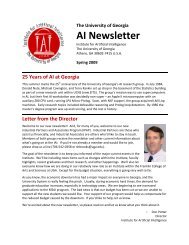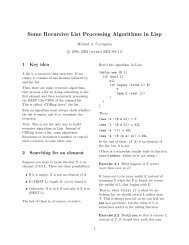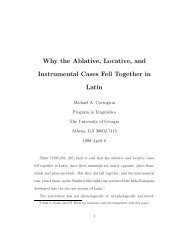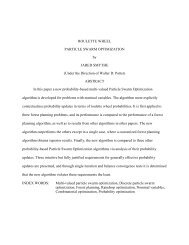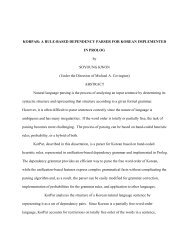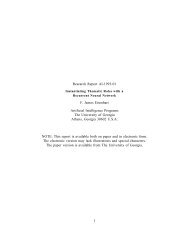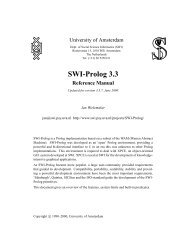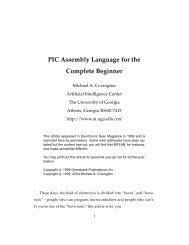human judgment in diagnosing problem behavior in horses using
human judgment in diagnosing problem behavior in horses using
human judgment in diagnosing problem behavior in horses using
Create successful ePaper yourself
Turn your PDF publications into a flip-book with our unique Google optimized e-Paper software.
types of proximal cues given by the environment (the horse and the environment<br />
surround<strong>in</strong>g it) and also the different <strong>behavior</strong> <strong>problem</strong>s related to them.<br />
1.3 Lens Model<br />
As mentioned <strong>in</strong> section 1.2, the <strong>judgment</strong> process can be represented by the Lens Model<br />
(Cooksey, 1996). An example is expla<strong>in</strong>ed <strong>in</strong> Gunderson & Brown’s (2001) paper on<br />
predict<strong>in</strong>g computer crime and the <strong>behavior</strong> model of a crim<strong>in</strong>al. They expla<strong>in</strong>ed us<strong>in</strong>g a<br />
simple example of estimat<strong>in</strong>g the distance to a child’s build<strong>in</strong>g block, ly<strong>in</strong>g on a table.<br />
Based on the Lens Model, the actual distance to the block is an environmental (distal)<br />
variable (ye). The onlooker has a series of observable (proximal) cues (ci) relat<strong>in</strong>g to this<br />
distal variable, such as the size of the ret<strong>in</strong>al representation of the block, the differences<br />
of the image <strong>in</strong> the right and left eyes, and the blurr<strong>in</strong>g of the image. These cues have a<br />
correlation to the actual state (Ecological Validity). The subject then weighs the cues and<br />
uses a function of these weighted cues to make a <strong>judgment</strong> as to the true state (ys). This<br />
cue weight<strong>in</strong>g has a correlation to the relationship of the cues to the actual state (Cue<br />
Utilization Validity). The actual achievement (performance) <strong>in</strong> the <strong>judgment</strong> task can be<br />
used to update the weights placed on the cues <strong>in</strong> future <strong>judgment</strong> tasks (Gunderson &<br />
Brown, 2001). This model is shown graphically <strong>in</strong> Figure 1.1.<br />
6






